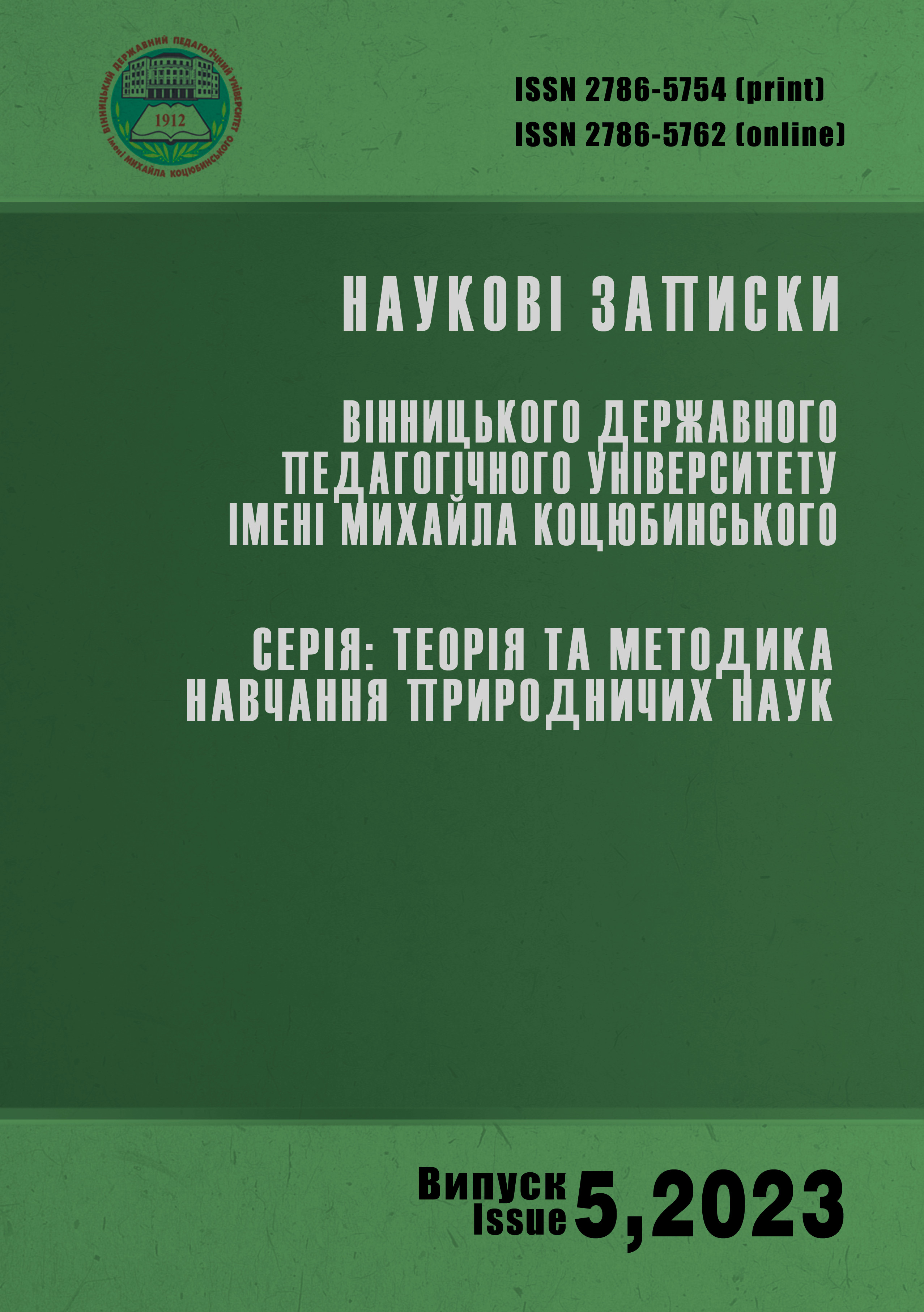Abstract
The article deals with the issues related to the formation of motives for the professional orientation of secondary school students in the course of studying physics. The main forms and ways of implementing the principle of practical orientation in the study of academic subjects in general secondary education institutions are identified: students are told about all the features of their future activities, the best ways to get involved in this profession, etc.; young people who have not made their choice are introduced to a list of promising professions, and forms of professional orientation are highlighted in physics lessons and in extracurricular activities.
It is proved that vocational guidance work at school should be based on classical and modern developments in the segment of vocational guidance of youth and students. It has been found that the motives of professional orientation in high school physics lessons, which include questions about industrial objects, have significant potential for this.
It is determined that the task of forming the motivation of high school students to get acquainted with engineering and high-tech working professions will contribute to the future choice of professional activity.
It is emphasized that it is important to build the professional orientation of students, which is realized through the general natural and physical components, respectively, taking into account the age characteristics of students, the location of the region, based on the principle of systematicity.
It is noted that the most effective means of career guidance work with students is to provide information about professions in the form of thematic conversations, excursions to production facilities, work with illustrations and textbook material during physics lessons.
It is determined that the main task of forming motives for students to get acquainted with future professions is to reveal their various facets: to tell not only about the labor functions of an employee, but also to show the place of work, learning environment, familiarize them with modern equipment and leisure activities, etc.
References
Гончаренко С. У. Український педагогічний словник. Київ: Либідь, 1997. 376 с.
Грабчак Д. В., Шарко В. Д. Профорієнтаційна робота у профільній школі як методична проблема. Науковий вісник Ужгородського національного університету: Серія: Педагогіка, соціальна робота. Випуск 22. 2011. С. 27-30.
Гуцан Л. А. Особливості професійного самовизначення учнівської молоді в умовах профільного навчання. Теоретико-методичні проблеми виховання дітей та учнівської молоді. Збірник наукових праць. Київ, 2011. №1(15). С. 350-356.
Дідух М. Професійна спрямованість як динамічна якість особистості. Юридична психологія. 2021. №1 (28). С. 56-64. https://doi.org/10.33270/03212801.56
Мельничук А., Муранова Н. Особливості профорієнтаційної роботи у загальноосвітній школі. Актуальні проблеми в системі освіти: загальноосвітній навчальний заклад – доуніверситетська підготовка – вищий навчальний заклад : Матер. І Всеукр. наук. практ. конф., 28 трав. 2015 р., м. Київ : зб. матер. конф. / наук. ред. Н. П. Муранова. К.: НАУ, 2016. С. 130–141.
Могильна Ю. Європейський досвід професійної орієнтації учнівської молоді. Український педагогічний журнал. 2021. № 4. С. 88-95. https://doi.org/10.32405/2411-1317-2021-4-88-95
Охріменко З., Балабуха Л. Теоретико-практичні проблеми сучасної професійної орієнтації учнів: тенденції розв’язання. Науковий вісник Національного еколого-натуралістичного центру. Серія: Педагогічні науки. 2020. Вип 10. Т. 2. С. 56-70.
Сільвейстр А. М., Моклюк М. О., Іванюк В.Ф. Реалізація принципу практичної спрямованості під час навчання фізики у новій українській школі. Вісник Чернігівського національного педагогічного університету імені Т. Г. Шевченка. Вип. 153 / Чернігівський національний педагогічний університет імені Т. Г. Шевченка; гол. ред. Носко М.О. Чернігів: ЧНПУ, 2018. С. 126-129 http://nbuv.gov.ua/UJRN/VchdpuP_2018_153_29

This work is licensed under a Creative Commons Attribution 4.0 International License.
Copyright (c) 2023 Anatolii Silveistr, Mykola Mokliuk, Viktoriia Dumenko

